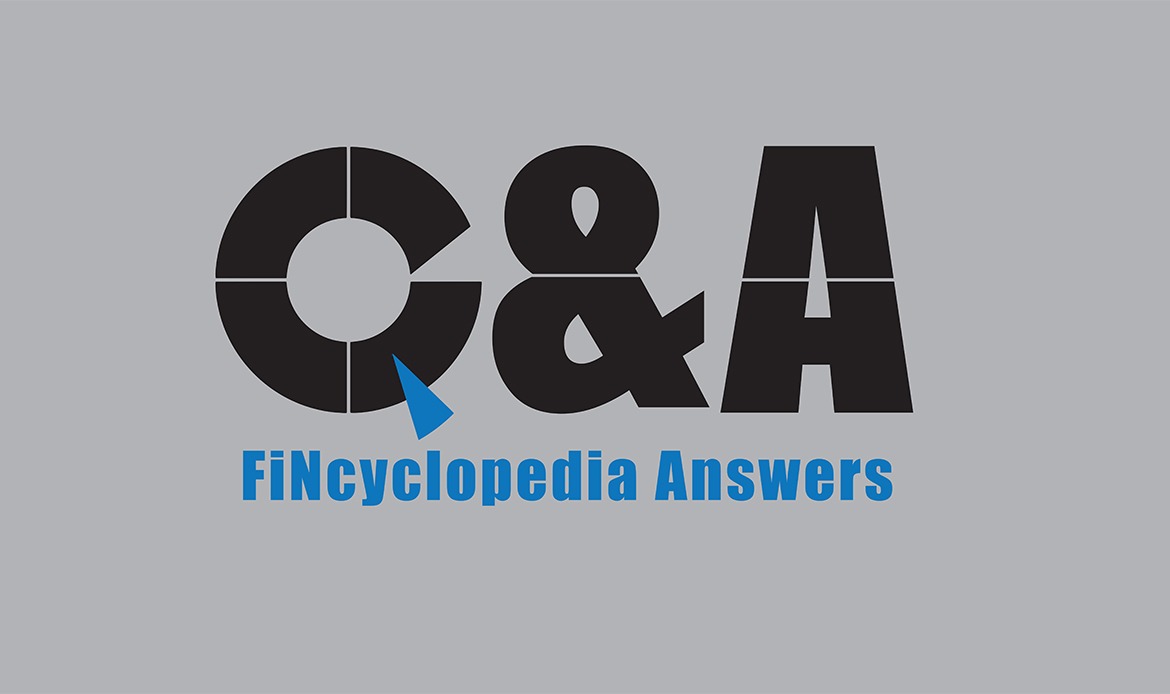A shelf registration statement is a filing with an exchange regulatory (e.g., Securities and Exchange Commission) for registration of a public offering, where an issuer has no intention to embark on an immediate sale of all the securities being registered. The offering is said to be a “shelf offering“: the securities will be kept on the shelf, until the time the issuer decides to offer them (in which case, these securities will be taken off the shelf).
By a shelf registration, an issuer can sell new securities (primary offering) or resell already issued securities (outstanding securities, or secondary offerings), or both (a combination of both types).
Given that a shelf registration statement allows an issuer to register multiple shelf offerings (based on the same registration), an issuer is permitted to conduct the following shelf offerings:
- resales by participants in the secondary market (security holders offering their holdings for sale);
- immediate, delayed and continuous offerings by an issuer such as at-the-market offerings by the issuer;
- securities offered and sold under dividend reinvestment (plowback) and employee benefit plans;
- securities that are used in options, warrants, rights and convertible securities as underlying;
- securities placed/ posted as collateral;
- securities issued in business combinations;
- mortgage-backed securities (and other investment grade asset-backed securities, ABSs);
- depositary shares evidenced by American Depositary Receipts; and
- immediate/ prompt offerings that are also made on a continuous basis for periods exceeding 30 days.





Comments